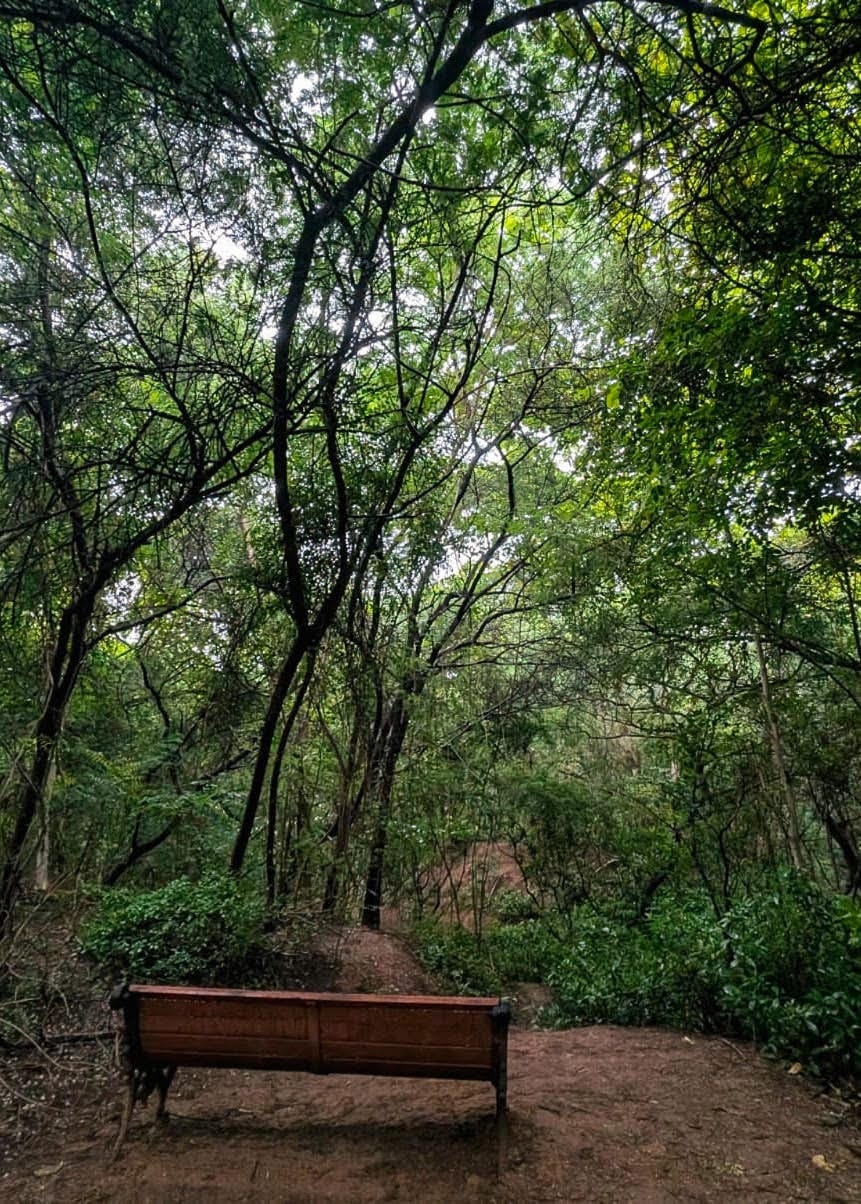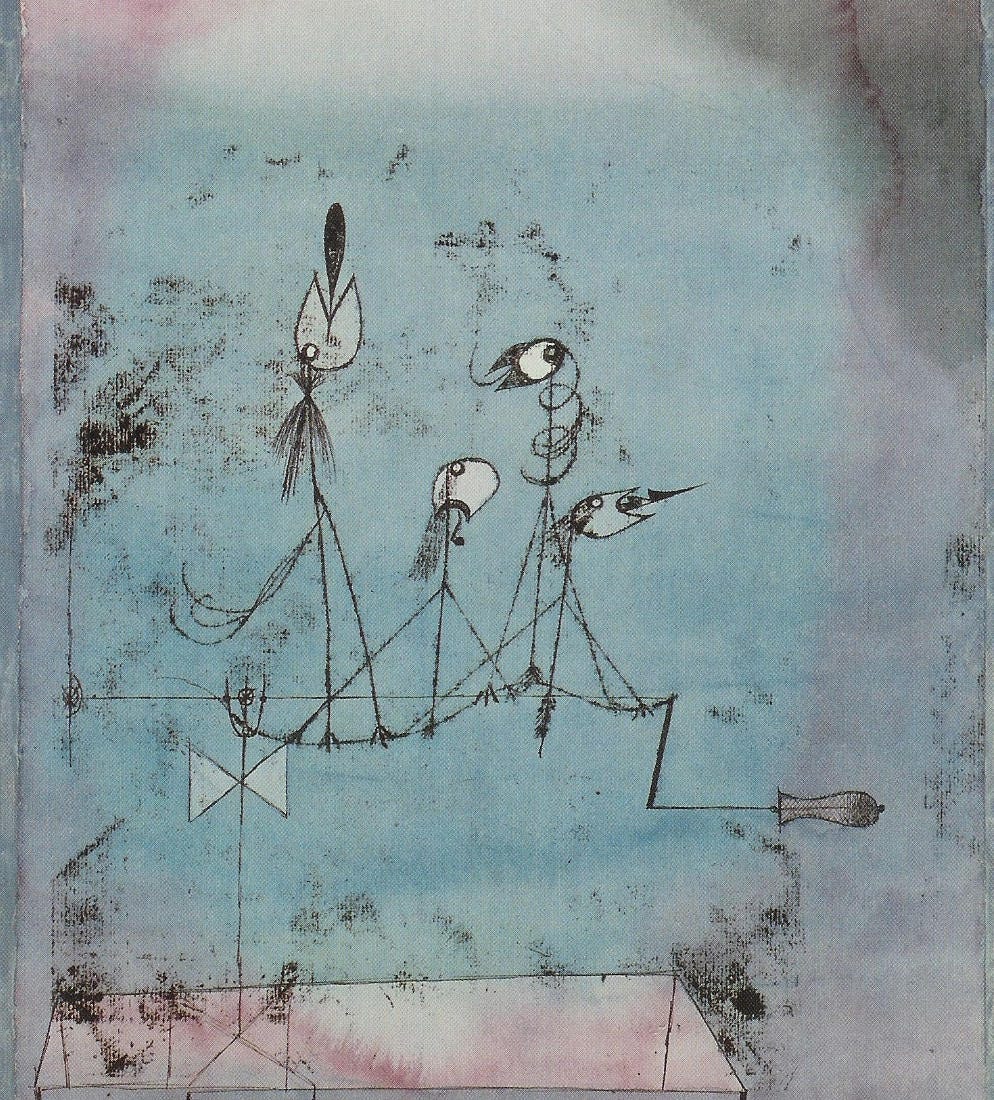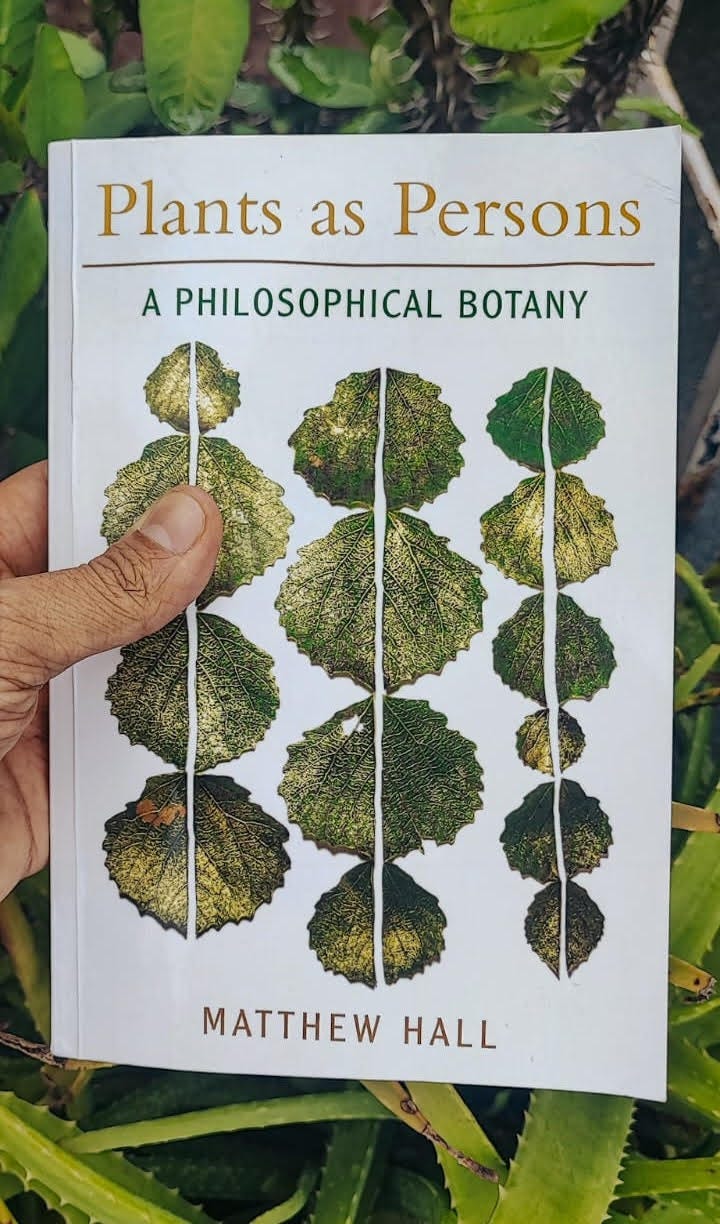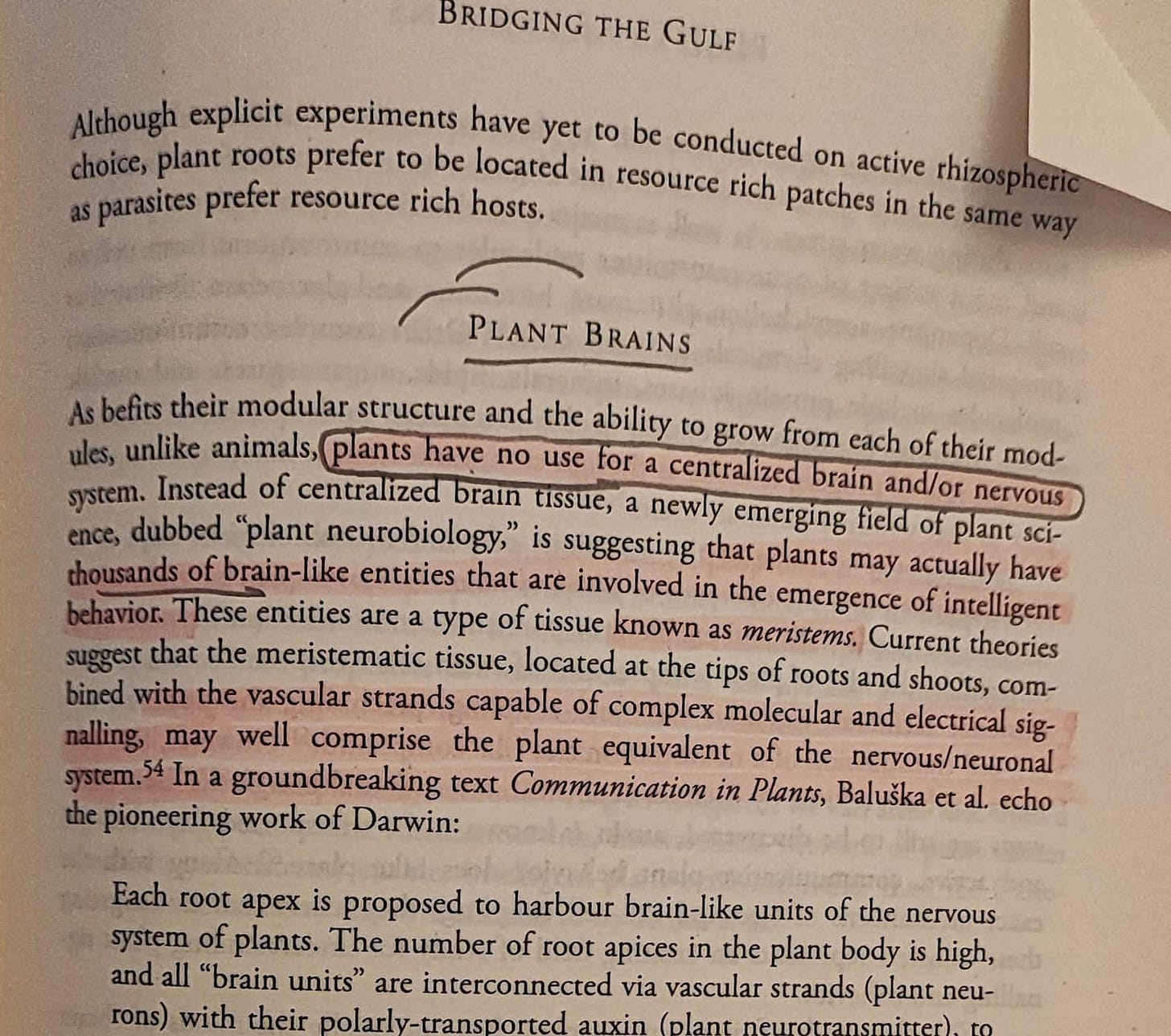Praani ki Kahani
Praani is our note on listening better to the voice of nature, ways of amplifying them, and finding pathways to bring them into our ways of governance. At Agami, we are deeply interested in how rivers, forests, animals, and even the winds and the stones, might speak into our deliberations on justice.
[This Note had originally gone out on July 31st, 2025]
Offering For the Week
The Language of Continuities
Listen to how we speak when words matter most:
When overwhelmed, we say we are flooded. When in love, we bloom. When grieving, we are swept away, and when in longing, we drown.
In our deepest human experiences, we reach for other-than-human language. We are rivers and storms and growing things. We know, in our bodies, that the boundaries between self and world, human and nature - are fictions. Today we attempt to share our continuities, in what follows.
There’s a moment in Dhruv Bhatt’s poem Ochintu [set to song beautifully by Vipul Rikhi, whose translation I have used] that captures this perfectly. A stranger asks: “How are you doing today?” And the response overflows:
Ochintu koi mane raste made ne kadi
dheere thi poochhe ke kem chhe
If, suddenly, I were to come across
Someone on the way
And if they were to ask me
Softly,
“How are you doing today?”
To aapne to kahiye ke dariya si mauj maan
ne upar thi kudrat ni rehem chhe
Then I would say,
Nature is so bountiful
And like waves in the ocean
I’m at play!
Aankhon maan paani to aave ne jaaye
nathi bheetar bheenaash thathi ochhi
Tears come and go, but the moistness within never dries.
We already collapse the human and non-human everyday in how we grieve, how we touch, how we wait for rain. Maybe the task is simply to let our metaphors speak a little louder than our rules. As Ochintu reminds us: Look! Even our joy is relational.
What if our justice could be too?
Sparks from the Ground
Voices That Need No Translation
If metaphors are how we speak our truths, what happens when we listen to voices that need no metaphors at all?
Berlin’s Animal Sound Archive holds 120,000 recordings - fox calls, whale songs, insect conversations. Started in 1951, it documents communication systems that operate entirely outside human language, yet carry meanings about territory, kinship, danger, desire. Fragments of conversation we are not part of, but learning to witness.
Try their searchable database. What do you hear? And what might happen if these sounds - not ours, but theirs - were carried into systems that respond? Into small pathways for other-than-human life to be heard in how we imagine justice?
Klee painted these mechanical birds during the rise of recording technology, when we first tried to capture natural sounds mechanically. He knew: our cleverest inventions are just crude translations of what already sings.
Practicing Continuity
Plants as Persons is a strange, beautiful book. It traces why, across many traditions, plants have been placed outside what we call moral concern. It also moves through places and philosophies where this separation never existed - where reciprocity and relation are the starting point, and not the exception. The book does not offer a romantic escape. It sits with difficult questions about how we relate to plants non-instrumentally without making them “useful” first.
You do not have to read it straight through. You can open it anywhere and enter from there.
Continuities between plants and humans:
What does the language of continuity offer us? What does a practice of continuity look like?
Maybe a new justice could grow there.
On Plant Brains.
Plants have no use for a centralized brain. The word use stays. How much of what we protect, or do not protect, begins there - in what we think is useful? If value was not tied to use, what other forms of care would be possible?
Maybe this is another pathway to think about justice without use.










